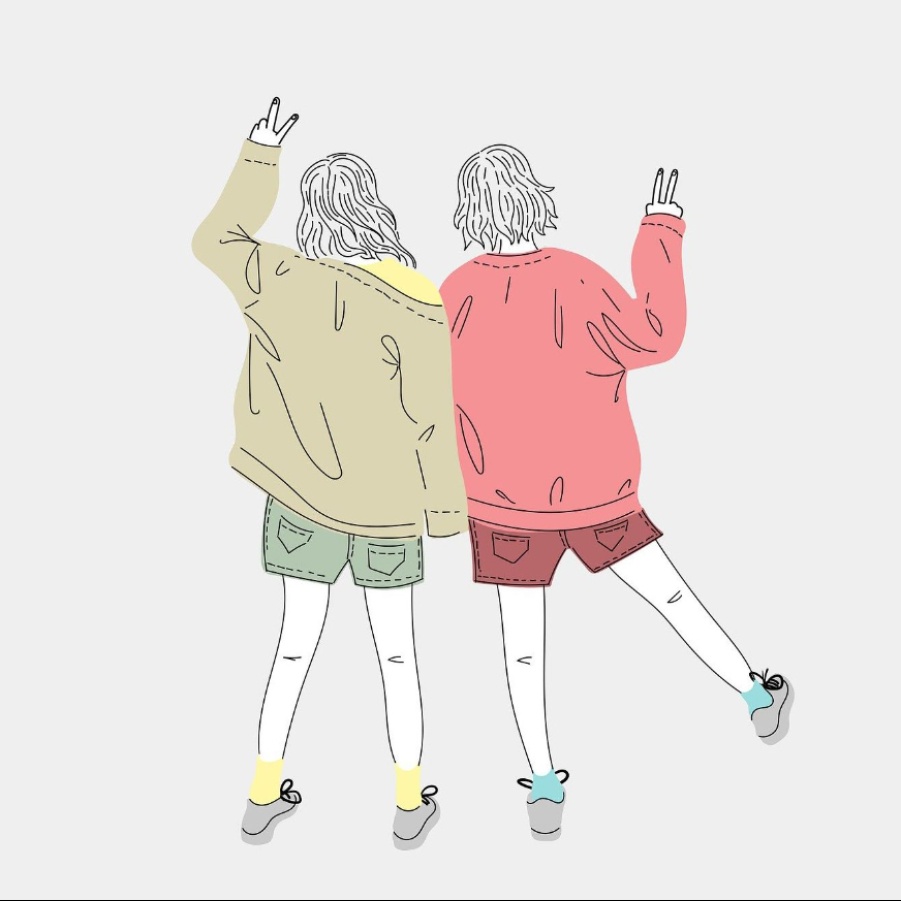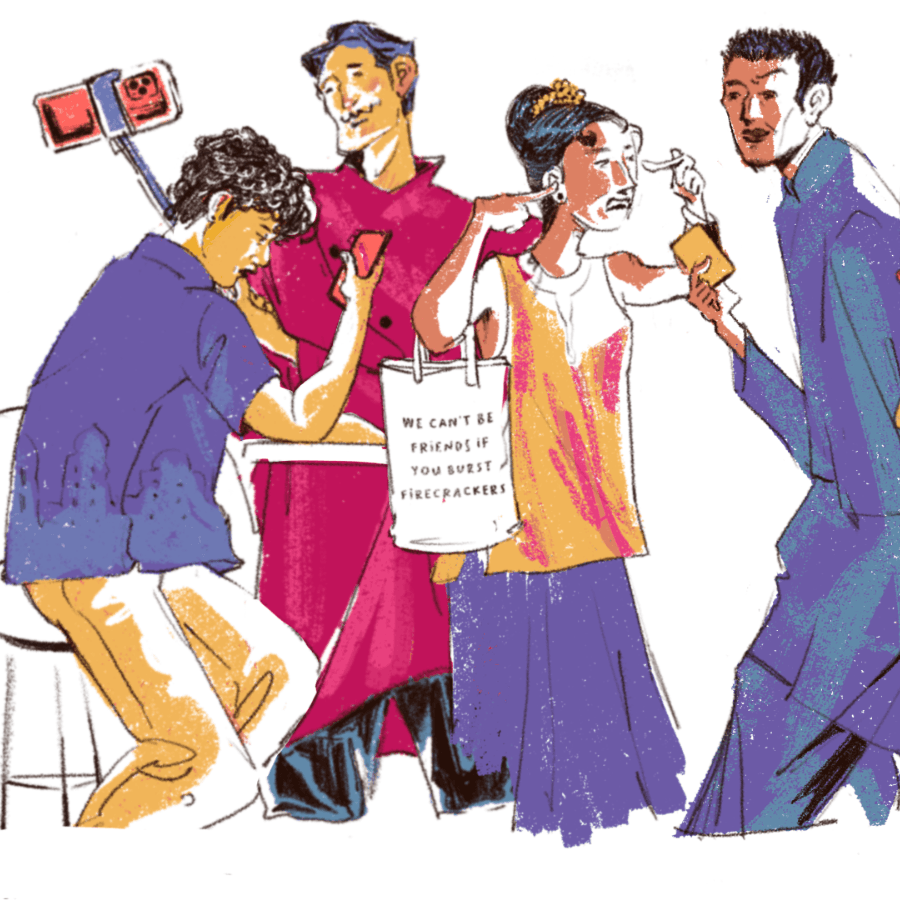If you’re a part of the Indian workforce, you’ve probably experienced burnout at some point in your career. Maybe you’re burnt out right now, maybe you’ve been burnt out for so long you’ve forgotten there’s any other way to be. You wake up and your first thought is: Not again. On your morning commute, you try to calm your mind with relaxing music or a guided meditation podcast, but end up seething at the traffic instead. You spot a stray dog basking in the mid-morning sun, not a care in the world, and feel jealous. In office, you power through pleasantries with people you’d prefer to never speak to. Three hours later, it’s only 11 am. It doesn’t matter anyway, because you’re never really going to clock out. You get work emails and messages until well past dinnertime, each intrusive ping adding to your resentment. Even in your dreams, you’re filling up spreadsheets. Dreams of mountains and beaches are for retirement—or death. For you, now, there is only work.
Exhausting, isn’t it? It feels like burnout is something we’re experiencing disproportionately today, thanks to increased competition in the workplace, rising costs of living, and influencers who rub their easy money in your face. Author Anne Helen Peterson makes a compelling case for why millennials are “the burnout generation”, citing how they were raised to think they had to be productive every waking hour, and that the relative economic and political stability that their parents saw didn’t last. (Blame it on the 2008 financial crisis and a worsening job market, among other factors.)
India has been hit especially hard by burnout, according to a McKinsey survey, which reported that 59 per cent of our workforce experiences symptoms. This is surprising to no one: a competitive job market and our ‘Yessir’ culture make the perfect breeding ground for a burnout epidemic. But if you consider the fact that burnout as a condition has been acknowledged and studied since the 1970s, you realise we may need to consider things a little differently. The factors that contribute to stress may change—pre-Internet, people were probably stressed about waiting in line at the bank or running out of stamps—but the core cause of burnout has always been fairly straightforward. You’re expected to do something (a job), and it’s extremely important for you to do it (for survival), but you don’t have the adequate resources (time, energy, passion) to do it sustainably. According to Kandi Wiens, author of Burnout Immunity (HarperCollins), which released last month, the solution to burnout is not to eliminate stress entirely—not only is it impossible, it’s also undesirable, since stress can help with motivation, perception, and intuition. The problem arises when the stress goes on for too long, without adequate periods of recovery. “When the stress response system is activated inappropriately, too frequently, or sticks around past its expiration date, it actually causes more stress, and long term, can be damaging to our physical and mental well-being…what sticks around grinds you down.”
“It’s the millennial way of doing things. We’re following in the footsteps of the previous generation, thinking work-work-work is the way to go.”
The surest sign of burnout is an inability to ever properly relax. Mumbai-based interior designer Zara Eisa feels like she’s on a treadmill with no off switch. Trying to keep up with the demands of running her own firm, she can attest to how difficult relaxing can actually be. Checking out is never an option—a client emergency could come up at any time and Eisa feels obliged to deal with it immediately. Friends advise her to leave late-night work-related WhatsApp messages unopened until the next work day, but the anxiety plays on her mind anyway. “It’s easier to just respond and get it over with,” she says. “It’s the millennial way of doing things. We’re following in the footsteps of the previous generation, thinking work-work-work is the way to go.”
Then there’s the case of a Mumbai-based lawyer we shall call A (she wanted to remain anonymous to avoid getting into trouble with past, present, or future employers). She knew her chosen field meant long hours and compromised weekends—her LLB and several internships trained her for those. What she wasn’t prepared for was the real physical toll that these hours would take on her health—panic attacks that raised her heart rate to 142 bpm, fevers so severe she was unable to walk from her bed to her desk. And she’s just 29 years old. Still, she was still expected to clock at least a “half day”, which, in her office, meant eight hours). When she tried to quit, her organisation reeled her back in with bonuses, promotions, and salary hikes—but cutting down hours was never an option. “You are at the mercy of what your clients want,” she rues. “Everything is always urgent.”
In situations like this, being told to meditate or keep a gratitude journal feels trite, almost insulting. Most therapists agree. It’s not the activity that’s important so much as the narrative that accompanies it. Mumbai-based psychologist Shachi Dalal believes that recovery, unlike relaxation, must be more intentional and geared towards finding relief from a specific problem. If you’re burnt out due to lack of sleep, an early morning yoga class—no matter how good it is for your breathing or posture—is only going to make things worse. “We all want to try to control every element in our life, but we need to realise that that’s a futile exercise. We’re not going to be able to juggle 10 balls at once. It’s okay if a couple fall.” Vandana Subramanian, a clinical psychologist in Bengaluru, suggests that we pivot from the notion that rest is something we can enjoy only after we’ve completed all our tasks. Instead, we should try and find moments of relief throughout the day, irrespective of how busy we are. “You don’t always have to sit down to meditate,” she explains. “You could do it while you’re travelling, or cooking, or taking a shower, simply by turning your focus to the sights, the sounds, the smells and the textures, and coming into the present.”
“We all want to try to control every element in our life, but we need to realise that that’s a futile exercise. We’re not going to be able to juggle 10 balls at once. It’s okay if a couple fall."
Of course, there is no real solution for burnout if organisations don’t address their own inherent dysfunctions. This could mean hiring an adequate number of people instead of expecting one person to do three jobs, respecting employees’ weekends and personal time, and even offering regular check-ins with a trusted mental healthcare professional. Companies that make this investment stand to benefit from higher rates of employee retention and a thriving talent pool.
Already, Gen Z workers are standing their ground, refusing positions at companies where they sense they’re going to be exploited or leaving jobs that don’t serve them. Lawyers like A are leaving lucrative roles for lighter workloads and more compassionate work cultures. Still, real recovery is only possible once individuals start working on the aspects of their lives they can control. “While I stand by my assertion that burnout is an organizational issue more than an individual one (and will continue to proudly sport my “It’s not you, it’s your job” T-shirt),” writes Wiens, “anchoring into what you and you alone can control is a source of motivation, power, healing, and stress relief...Burnout can fool us into believing that we have no control and no options. Yet when we turn inward, we see that each of us has control over our responses to anything life may throw our way.” Eisa, for her part, has stopped trying to solve her burnout “once and for all” and instead, addresses smaller issues, one step at a time. She still takes her laptop on holidays, but only checks it in the mornings. And even though she isn’t consistent about it, she does occasionally find time to meditate. “It is a constant battle,” she says. “I wouldn’t say I have 100 per cent achieved it, but it’s a mixture of little things that have helped along the way.”




